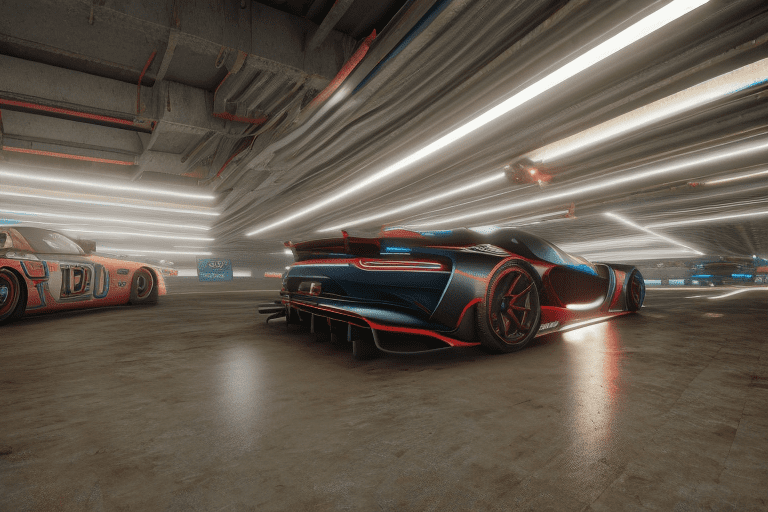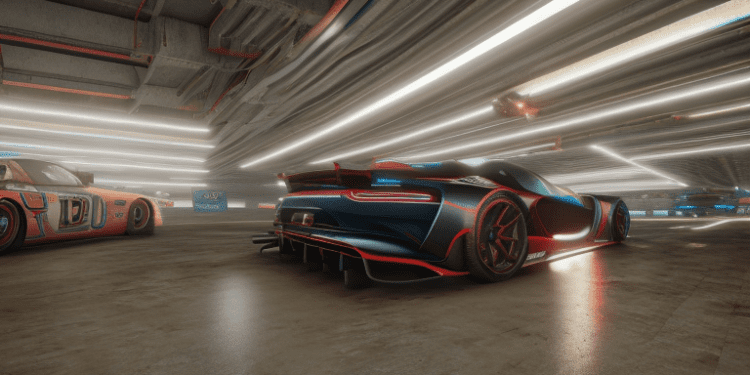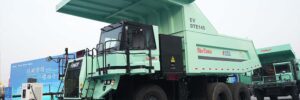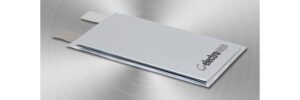Cummins, a leader in diesel engine technology since 1919, is now taking the leap into the electric age. The company recently demonstrated its new 17Xe ePowertrain for heavy-duty vehicles at Millbrook Proving Ground in Bedfordshire, England. This integrated system, developed in partnership with Advanced Propulsion Centre (APC) consortium partners Editron and Electra, is capable of producing 430 kW of continuous power and is available in a range of ratios and with three-speed transmission capabilities.
The motor powering the axle was developed and supplied by Danfoss’s Editron division. It features a patented architecture and thermal management methodology that exceeds the APC’s 2035 Roadmap targets for power density, meaning only one motor is needed to meet the power requirements of this product segment.
John Bennett, General Manager of ePowertrain at Cummins, said, “We’re excited to showcase the capabilities of the 17Xe ePowertrain. The compact, integrated design and power density are ideal for OEMs interested in developing future-proof, sustainable heavy-duty equipment.” Sunil Maher, Senior Project Delivery Lead at APC, called the demonstration a major milestone and expressed his excitement for the next stage of development.
Cummins’ 17Xe ePowertrain is a major step forward in the development of net-zero transport solutions for heavy-duty and commercial vehicles. With its impressive power density and integrated design, it is sure to be a game-changer in the industry.
FAQ
Q1: Are electric car batteries recyclable?
A1: Yes, electric car batteries are recyclable.
Q2: Are electric car chargers free?
A2: It depends on the charger and the location. Some electric car chargers are free, while others may require a fee.
Q3: Can electric car batteries be rebuilt?
A3: Yes, electric car batteries can be rebuilt with the right tools and knowledge.











